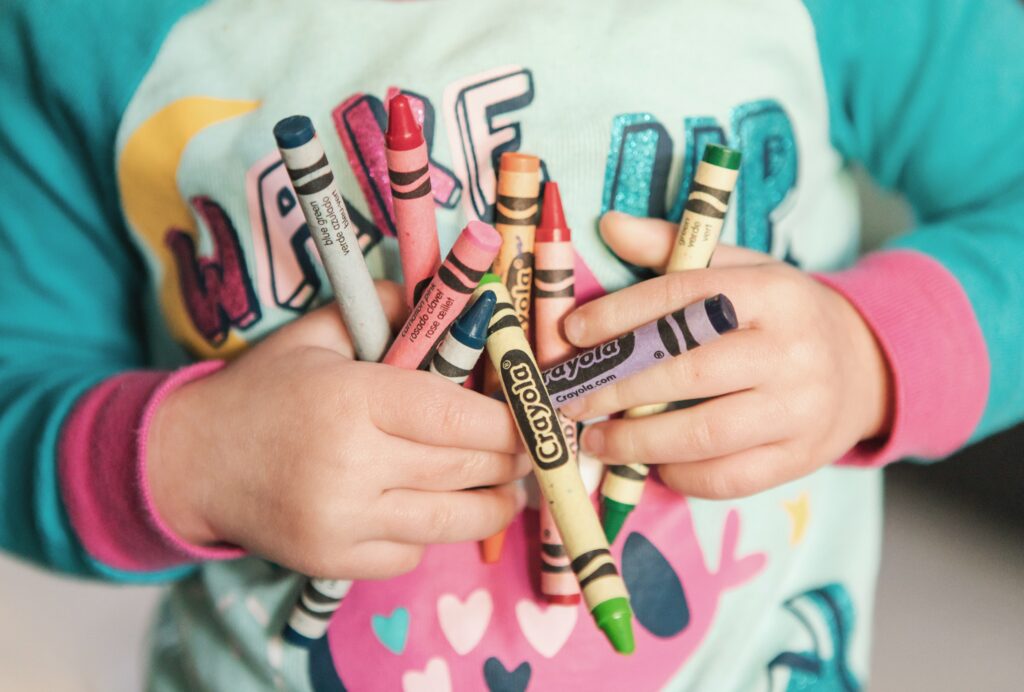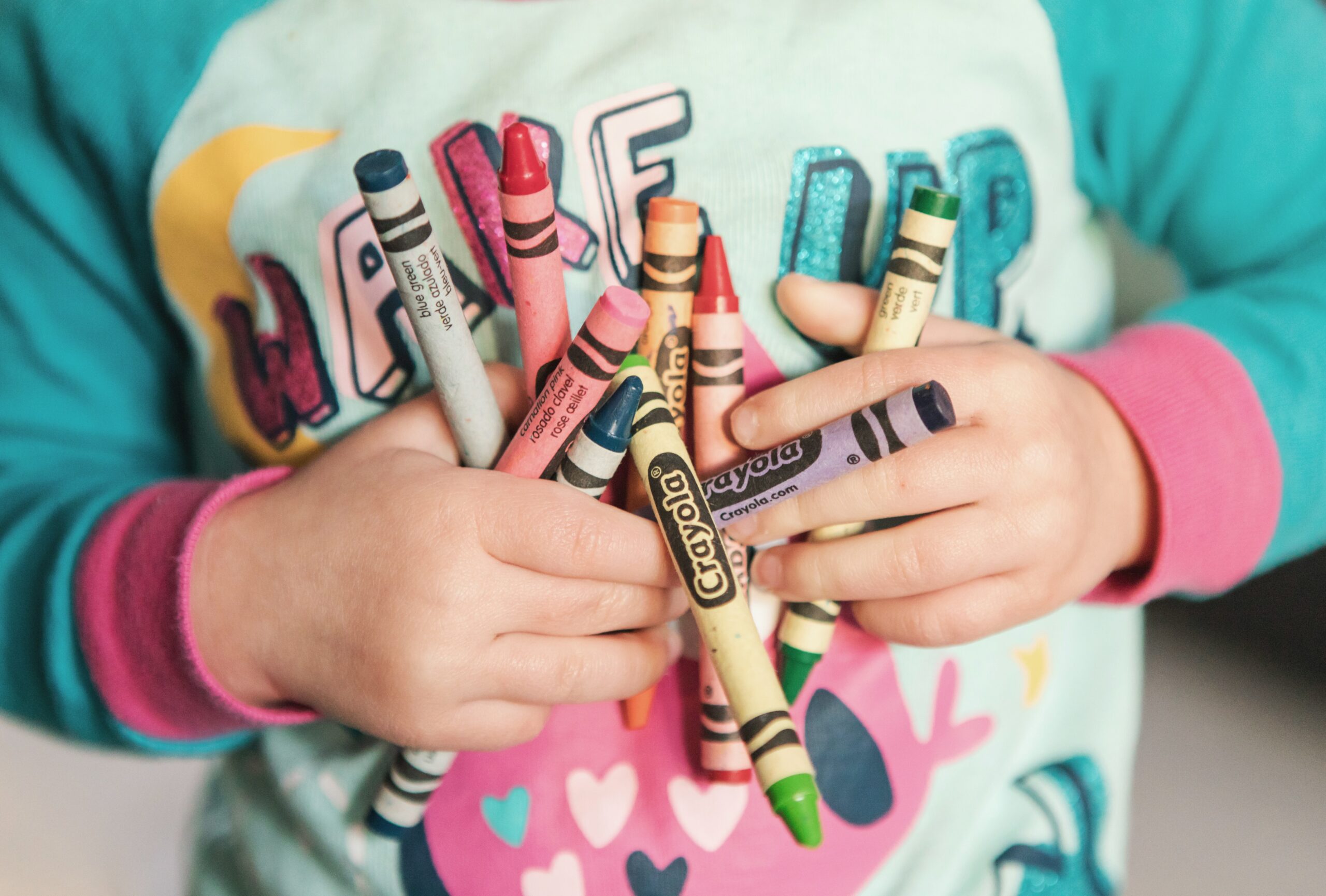Choosing your child’s nursery can seem like a daunting task. Trusting someone else to look after the most precious thing in the world to you is a big ask, but something that many parents in the UK come to face at some point. Whether you need childcare in order to return to work, want your child to learn practical skills for starting primary school, or simply want your child to interact and socialise with children of a similar age, you will probably begin searching for quality childcare before your child turns three years old.
There are various things to consider when choosing your child’s nursery setting. Will my child like it? How will I know what progress my child is making? Can I use government funding for my child’s place? All these questions can seem quite overwhelming, and it’s easy to forget to ask things in the moment. Below, we’ve put together an easy to follow five-step guide to help, from searches you can do before shortlisting potential settings to questions you might want to ask when you visit them.
1. Check the Quality
The majority of childcare providers that take care of children under the age of 8 years old, including childminders, nurseries and playgroups, are registered with Ofsted. All Ofsted registered childcare settings will receive regular visits to ensure standards are being met and children are safe. There are currently four overall grades that Ofsted can determine about childcare providers: Outstanding, Good, Requires Improvement and Inadequate, with the latter being divided into a further two categories, either serious weakness or requiring special measures.
Settings with Good and Outstanding Ofsted ratings, such as this nursery in Nottingham, excel at meeting UK educational standards and providing quality childcare.
You can check the past Ofsted reports and grades for childcare settings at www.ofsted.gov.uk.
2. Look for Reviews and References
It is relatively easy these days to find online reviews for pretty much anything and everything, and childcare providers are no different. People are usually more than happy to leave positive reviews when they’ve received a good service, and conversely, negative reviews when the service has left a lot to be desired. So take the time to read other parents reviews and opinions on settings before choosing your child’s nursery to give you an overall idea and feel of whether the provider is well-liked by current service users.
3. Create a Shortlist
Once you’ve completed the above background checks, you can begin to create a shortlist of the settings you would like to visit. Ideally, it would help if you aimed to visit and compare at least three different establishments so you can see which will be best suited to your families’ needs.
When phoning around to arrange visits, you will have the opportunity to check:
- Whether the setting has places available for your child on the days and times you require
- The hourly, daily or weekly cost and whether they accept government-funded places
- Any additional fees such as meals or time not covered by funding, such as the lunch break between sessions
If you are happy with the initial telephone contact you have, go ahead and make an appointment to visit and have a look around.
4. Visit Your Shortlisted Providers
It’s a good idea to take your child with you on nursery visits, as it allows them to see the setting with you there, lets you see how staff interact with your child and gives you a feel of whether they seem comfortable and settled in the surroundings.
What to Look for:
- A warm welcome on your arrival – Do staff seem genuinely pleasant and happy to see you?
- Clean and safe environment – Not necessarily tidy, as we all know how quickly toys can spread out when children are having fun! Can you see evidence of good hygiene practices such as clean toilet and kitchen areas and safety features such as key fobs or door codes for access?
- Busy but relaxed and happy children – Are any children visibly upset and not being comforted? Are the children excited to see a new child in the setting?
- Trained staff who have a passion for what they do – How do staff interact with your child and other children in the setting? Do staff get down on the child’s level to talk to them? Do staff seem engaged in activities with children, or are they standing around and watching from afar?
- Whether children are occupied with activities – Do planned activities look fun and engaging? Would your child be interested and enthusiastic to take part?
- Outdoor areas – Is the outdoor area accessible at all times for free flow play, or are there set outdoor times?
- Methods or Frameworks – Do they follow the EYFS curriculum? Is their educational philosophy based on a well-respected method or framework such as Montessori or are they a Curiosity Approach Nursery?
Questions to Ask:
- How many children are in the setting at any one time?
- Are there many children a similar age to my child?
- What ratio of staff to children is there?
- What training and qualifications do the team have?
- Are children allocated a key worker?
- How are feedback and progress relayed back to home?
- What are your daily routines?
- Are drinks, snacks, meals, nappies, wipes etc., provided?
- How is children’s behaviour managed?
Checklist of What Your Child Will Enjoy:
Whilst looking around each childcare setting, try to imagine from your child’s point of view. Can you see your child being happy and fulfilled in this setting? Below are the five “F’s” that help make nursery an enjoyable experience for children.
- Friends – Will children of a similar age regularly attend the same sessions as your child to allow friendships to form?
- Food – Are drinks and snacks readily available throughout the day? Will your child enjoy the meals offered by the setting, and if not, can they take in food from home?
- Fun Outside – Is the outdoor area well planned and safe? Is it accessible as free flow throughout the day, or only at set times?
- Finding Out – Are there a range of well-planned activities and things to do to allow children to learn new skills?
- Feeling Safe – Do staff seem to respond well to individual children’s needs and offer comfort? Does the setting feel comfortable and secure?
While these are all crucial points to consider, ultimately, you know your child better than anyone, so remember to think about the important things to them as an individual and ensure you ask about them.

5. Secure a Place
Once you’ve viewed the settings on your shortlist and decided as a family which provider best meets your needs, it’s time to secure a place! Contact your chosen nursery and arrange details such as the days and sessions you would like, a start date, any settling in sessions etc. You will need to complete various forms before your child starts, including a funding form if you claim any government schemes free childcare hours.
If this is the first childcare setting your child has ever attended, it may take them a little time to adjust to the new routine and get used to their new surroundings. However, rest assured that nursery staff are experts at engaging and comforting your child during this time, and they will quickly start enjoying their newfound independence!
If you would like any further help or advice with choosing your child’s nursery place, please get in touch.




